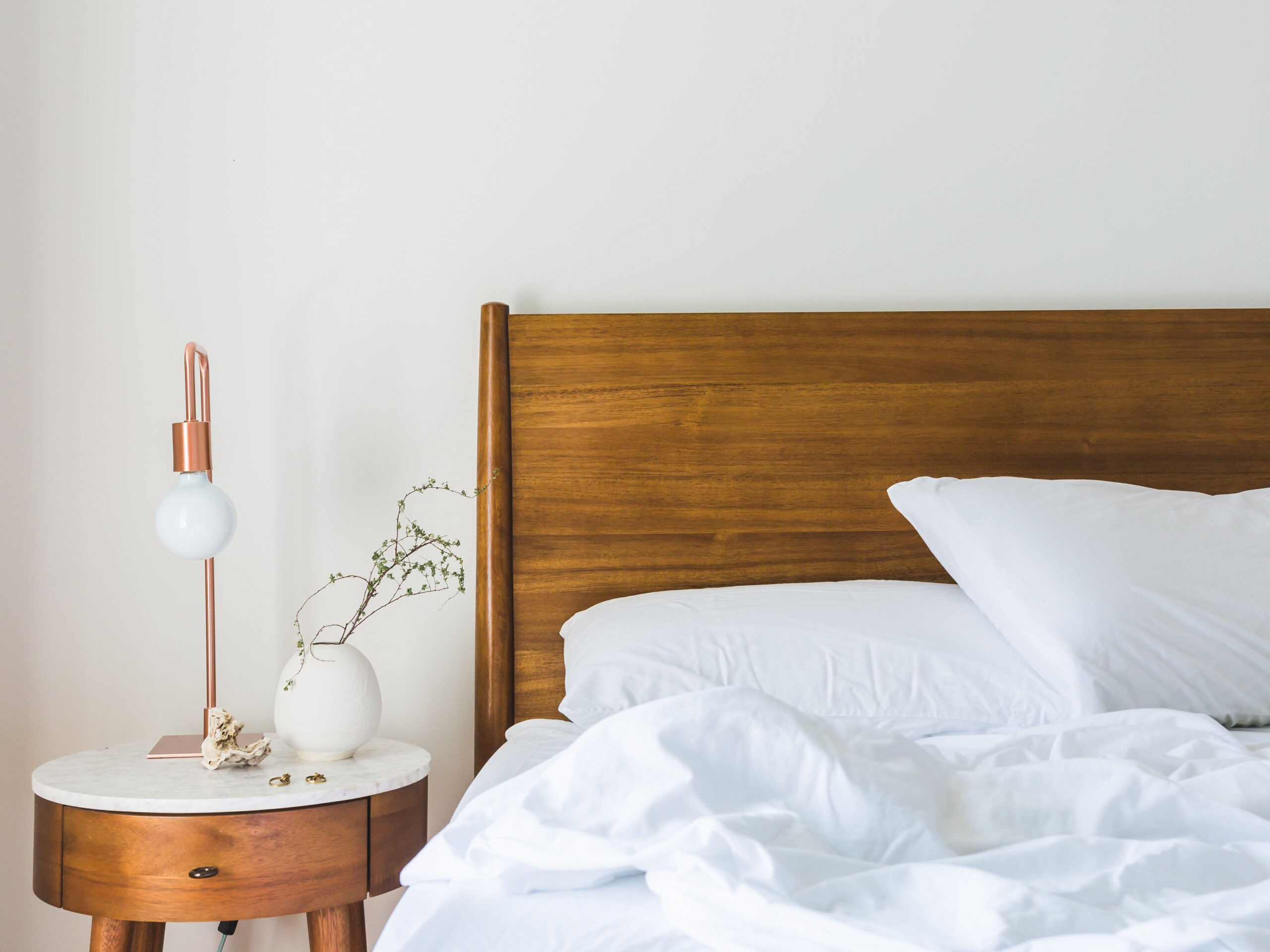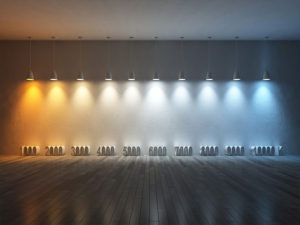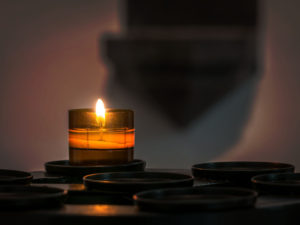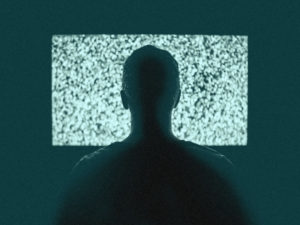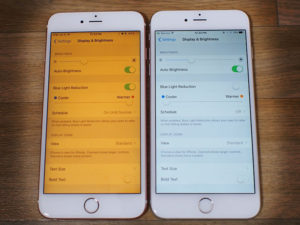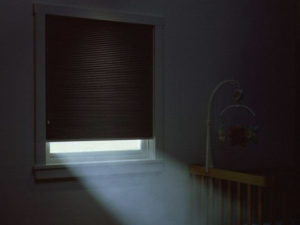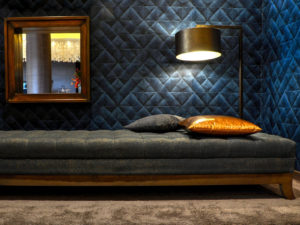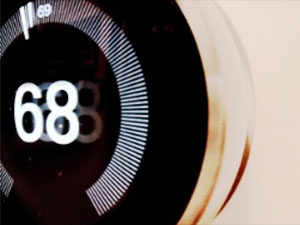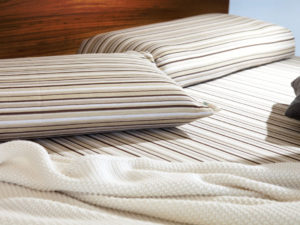- test :
Have you ever been told to get some rest? As kids, we likely had a defined bedtime, but as we aged, the responsibility to rest fell on us; and, often, we’ve neglected to realize the extreme importance of quality sleep! Getting good sleep affects our performance and productivity, health and happiness. Just as the best offence is a good defense, the best daytime is good sleep! Much of how we feel, mentally and physically, is related to our quality of sleep. -That’s right, quality; not just quantity. To achieve quality sleep, we pass through the 4 stages of the sleep cycle, including the REM stage, when we dream and turn short term memories into long-term ones, as well as the anabolic state or deep sleep, when hormones and enzymes are released, inducing healing and growth. So how do we get high quality sleep? While there are several factors, including what we eat, drink, and do during the day, for the purpose of this piece, we’re going to focus on the profound effect of where you sleep. Do you want to get better sleep at night, and feel and perform better during the day? Instead of counting sheep, let’s count the 18 Arch-tips on How to Design a Bedroom to get the Best Sleep of Your Life!
18. Eliminate Light Pollution
Have you ever heard a bird chirping at night? Likely, this is because the bird’s biological clock is off from all of the lights that are on. In designing your bedroom, start right outside your window. Where exterior lights are needed for security, use warm lights, not cool lights; and have photocells or timers for your decorative building lighting, so they don’t burn bright, keeping you up at night.
17. Use Circadian Lighting
Light is the most powerful of zeitgebers, external cues that tell your body the time of the day. Ganglion cells in the retina of your eye are continually processing these cues, particular light vs. dark and cold vs. warm, to know when its time for you to sleep. Traditional artificial lighting sends a conflicting message to your brain, cuing your body to stay awake; but the use of circadian lighting, which mimics natural light and adjusts, depending on the time of day, sends the right message, helping you rest.
16. Let the Sky Fall
While Circadian Lighting is recommended for artificial lighting throughout your home, natural lighting is best. Depending on your location and the presence of surrounding light pollution, having skylights and windows, which allow moonlight and starlight to enter, are ideal for providing natural light at night.
15. All We Need is Candlelight
In addition to the moon and stars, natural lighting includes fire. This could take the form of a fireplace, but we don’t want the temperature in your room to be too warm. Candlelight is a great way to provide lighting in evening hours, allowing you to see, while not cuing the sensors in your brain to awake. Also, selecting candles with scents conducive to sleep can help you rest better. When designing your bedroom, you can build-in shelves and platforms where you can set candles.
14. Put your phone in Never-Never Land
When your smartphone is nearby, you are more likely to grab and use it; and simply having it on the nightstand next to you can elevate your heart rate, especially if you are thinking of an important Email coming in. When it’s time to sleep, put your phone far away. Placing it in a designated box, out of site and out of arm’s reach, is recommended. During your room’s design process, establish this location, placing an electrical outlet and accommodating container.
13. Eliminate Blue-Light Emitting Electronic Devices
This means preferably not having a TV in your bedroom and limiting the amount of TV you watch before you go to sleep. Blue-light cues your body that its time to wake-up, so we want to keep TVs in other rooms. If that’s not feasible, another strategy is to place your TV behind panels or doors, so your TV is out of site and out of mind when going to sleep.
12. Have a Bedside spot for your Orange Shades
If you are going to use electronic devices within 2 hours of hitting the hay, wearing orange tinted glasses that reduce the amount of blue light you receive, will help keep your body in-line with your natural circadian rhythm. When selecting bedside furniture or designing built-ins, consider where you can keep these glasses.
11. Change the Light Settings on Your Electronic Devices
In today’s world, we may be called to a device in the evening, whether we want to or not. Before enjoying your new bedroom, you can change the light settings on your devices or download apps, such as f.lux, which controls the spectrum of light released, so your photo-receptors can steer clear of artificial blue light after a certain hour.
10. Use Blackout Shades
Blackout Shades completely block exterior light from entering your room. This is the best way to keep your room dark, allowing you to get high quality sleep; especially if you’re in an area with light pollution.
9. Add Oxygen Emitting House Plants
High quality air allows your body to enter deep sleep. A great way to improve your sleep is by filling your bedroom with leafy plants, which convert carbon dioxide to oxygen! An ideal design for your bedroom includes interior, irrigated planters; so the plants get what they need, and so do you!
8. Foster the Sound of Silence
Use building materials with high STC (Sound Transmission Class) and NRC (Noise Reduction Coefficient) ratings. These ratings apply to walls, windows, doors, floors, ceilings, finishes, and insulation. Generally speaking, the higher, the better.
7. Surround yourself with Sound Absorbing, Soft Materials
In addition to using sound absorbing materials in the construction of your bedroom, use these comforting, absorbing materials in the decoration too! This could mean having cork, soft curtains, or fabric wrapped panels on your walls.
6. Be Cool
Studies have found that the ideal room temperature range to achieve the highest quality sleep is between 62 and 68 degrees. With a smart home thermostat, such as a Nest, you can set your air conditioner to automatically decrease the temperature when you are getting ready for bed.
5. Select a comfortable, Non-toxic, Organic Mattress and Pillow
To sleep well, your body needs to be comfortable; and what you feel, as well as what you breather contributes to this. Having a non-toxic, organic mattress and pillow, such as those in the following picture from Essentia, made from hevea milk, aid in comfort and help in maintaining positive indoor air quality.
4. Cuddle-up in Clean, Organic Bedding
Having clean sheets, pillow cases, and bedding is also important for achieving high quality sleep. To accomplish this, in addition to using bedding made with organic cotton, you can use bedding made with real silver from Silvon, shown below, or with bamboo, from Cariloha, which both have antimicrobial properties, helping keep your bedding cleaner, longer.
3. Reserve a spot to stow Topical Magnesium
Applying topical magnesium has shown to help induce sleep, and reserving a bedside spot to keep this will help you adopt this healthy habit.
2. Design to Decompress
This means laying out and designing your room to support your bedtime routine. What do you always do or would like to do right before you go to sleep? Do you read, brush your teeth, or say your nightly prayers? When you abide by a routine, your mind makes neuro-associations, cuing you of what is coming next. Therefore, designing to support and follow your nightly pattern will help you fall asleep faster, as your mind will know that its time to sleep when you start your routine.
1. Incense Peppermints, the color of thyme
Design with consideration of all your senses, including scent. Lavender is one of many scents helpful in inducing sleep. In addition to planting lavender flowers, you can use aromatic oils in diffusers or burn incense. In smart homes, you can set your air system to automatically release aromatic oil when its time to sleep. If you aren’t already in bed and if you do this nightly, your mind will start to make a neuro-association, so when you smell the scent, you will start to feel restful.
How did you sleep? By wearing a personal electronic health monitor, such as a Fitbit, before and after applying these strategies, you can measure and define the difference!
Now, its time for me to get some shut-eye… zzz…
This article is based on decades of scientific research, including that referenced in Sleep Smarter by Shawn Stevenson and The WELL Building Standard by the International WELL Building Institute; and it is
written by Bryan Pravda, AIA/ NCARB/ WELL AP
Bryan Pravda is the Principal Architect of PRAVDA ARCHITECTURE/ DESIGN, a full service architecture and interior design studio, specializing in creating healthy, timeless designs. He is the only Principal Architect in the State of Florida that carries the credential of being a WELL Accredited Professional.
For more on WELL and implementing healthy building strategies, you may contact him directly at Bryan@PRAVDAarchitecture.com.
